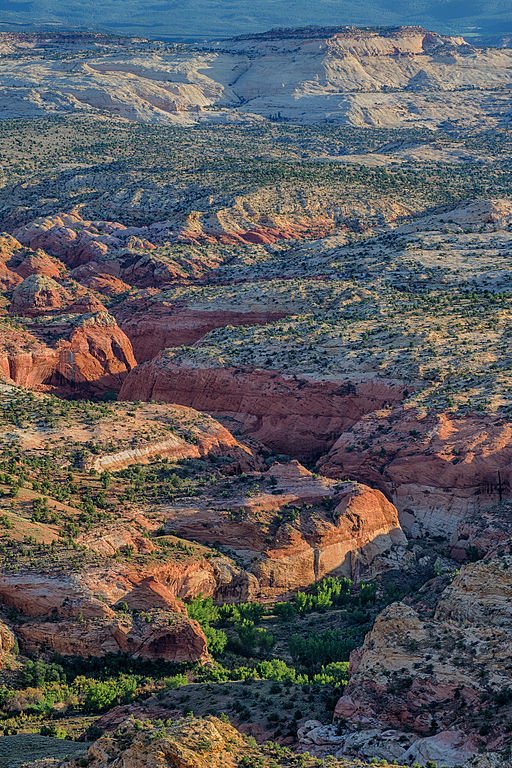Two national monuments in Utah have been restored, but it isn’t over.
Read MoreClinton and Obama Giveth, Trump Taketh, and Biden Restoreth: Two National Monuments in the State of Utah

Barak Obama
Two national monuments in Utah have been restored, but it isn’t over.
Read MoreMost change comes through funerals. As the rabid opponents of national monuments shuffle off their mortal coils, the next generation will come to see the benefits of national parks. The history of public lands conservation in Utah is still being made.
Read MoreA very small portion of the Pacific Remote Islands Marine National Monument, U.S. Minor Outlying Islands. Photo: US Fish and Wildlife Service.
On August 25, 2016, President Obama proclaimed an expansion of the Papahānaumokuākea Marine National Monument by 375,278,034 acres, making it the largest marine reserve in the world at 493,759,275 acres (~1.3-million nautical miles). (The name is pronounced Pa-pa-hah-now-mo-koo-ah-keh-ah and derives from an ancient Hawaiian creation story.)
Until relatively recently, no president had applied the Antiquities Act of 1906 to any large amount of salt water. A few national monuments include seawater associated with islands and adjacent lands, but no national monument had been proclaimed that included a lot of ocean.
The opportunity for U.S. seascape-scale conservation exists thanks to the 1982 United Nations Convention on the Law of the Sea, which came into force in 1994. Though the United States has yet to sign it, our country nonetheless views the treaty as settled international law, which recognizes a United States Exclusive Economic Zone (USEEZ) that extends up to 200 nautical (230.2 statute) miles (nm) off the 13,000-mile coastline of the United States.
Read More